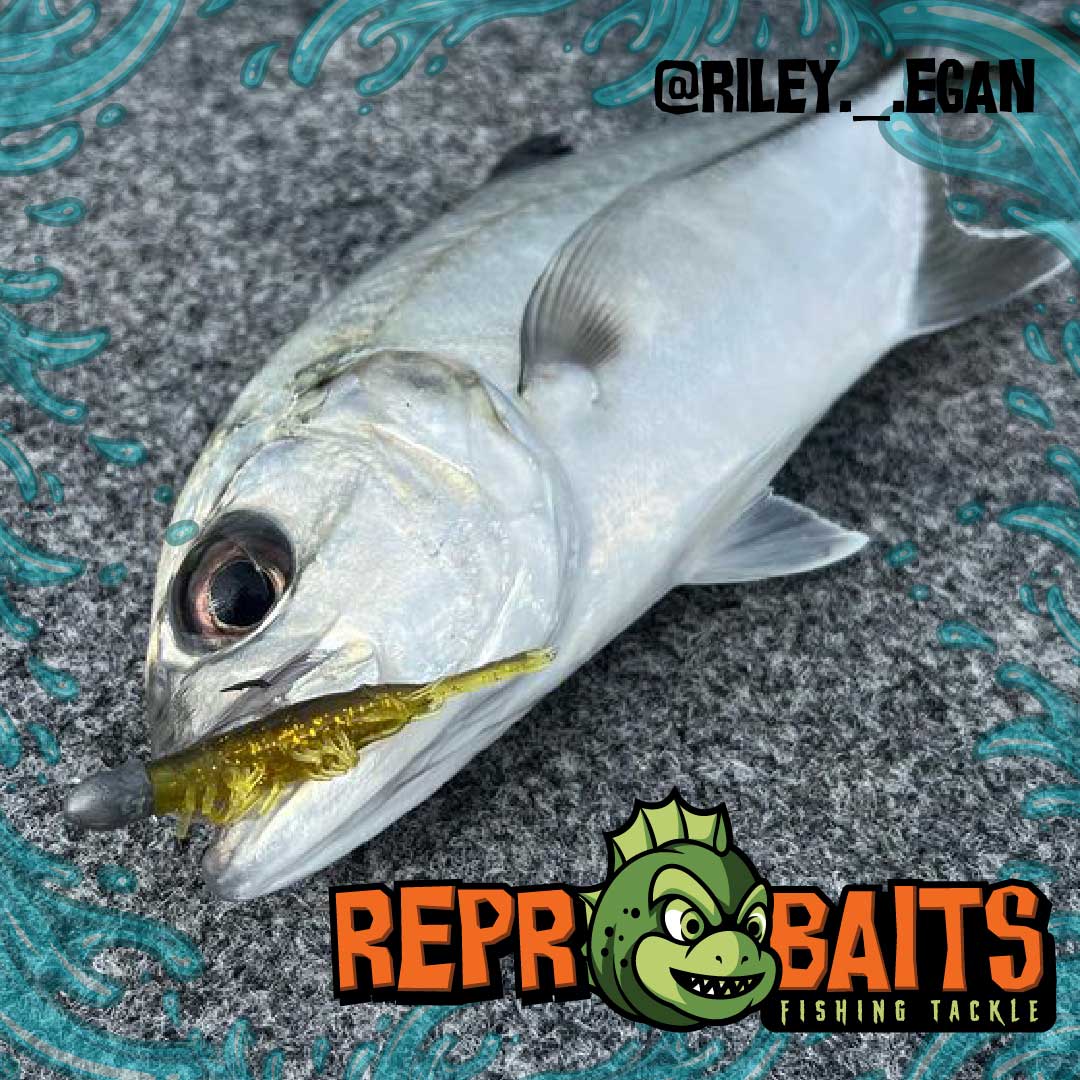
How to Get Started with Soft Plastics Fishing: A Guide for Young Anglers
🔔 Get the Best Soft Plastics for Bream & Flathead!
Shop our most popular soft plastics today:
✅ Bottom Bug – Realistic Crayfish Lure
✅ Squideez Soft Plastic – Perfect for finesse estuary fishing
✅ Bullet Prawn – Irresistible prawn action for flathead
📦 Fast Aussie Shipping – Order Now!
Hey everyone! Are you ready to dive into the exciting world of fishing with soft plastics? Today, I'm going to teach you everything you need to know—from setting up your gear to choosing the right lures and techniques. Whether you're just starting out or looking to try something new, this guide will help you catch more fish and have a blast doing it!
Setting Up Your Gear
First things first: let’s talk about your fishing setup. This includes your rod, reel, line, and leader—the basic tools you’ll need to start fishing with soft plastics.
Choosing the Right Rod
The rod I’m holding is a perfect example of what you should look for when fishing with soft plastics. Here’s why:
- Lightweight: The rod is designed for a line class of 8 to 15lb line which is just right for casting lightweight soft plastics. This is a good all around rod.
- Length: The rod should be about 7 feet long which is ideal for a wide range of fishing. You should look for a rod between 6’6” and 7’6” for the best experience.
- Sensitive Tip: The rod has a really sensitive tip, which is super important. When a fish nibbles on your lure you want to feel it right away. A sensitive tip helps you detect those bites and react quickly.
So, in short, a lightweight, 7-foot rod with a sensitive tip is what you want.
Picking the Right Reel
Next up is the reel. For a rod like this, you’ll want a reel in the 1000 to 2000 size range. This size is perfect because it balances well with the rod, making it easy to cast and work your lures without feeling too heavy or awkward. Plus, these reels can hold 100-150 meters of line—more than enough for the types of fish you’ll be targeting as a beginner.
Spooling Your Reel
Now, let’s talk about the line. For beginners, I recommend using 8 to 15 pound braid for your main line and 6-12 pound fluorocarbon for your leader. Braid is great because it’s thin, strong, and helps you cast farther. The fluorocarbon leader is tougher and harder for fish to see which is perfect for sneaky fish that might be scared off by a visible line.
Choosing Your Soft Plastics
When it comes to picking the right soft plastics, I’ve got two awesome recommendations that are perfect for beginners:
-
ReproBaits Bottom Bug: This is a fantastic soft plastic that works wonders in both saltwater and freshwater. The Bottom Bug mimics small crustaceans and is great for targeting a wide range of fish. It’s super versatile and comes in colours that are perfect for beginners. Try it in natural colors like brown or black to start.
-
ReproBaits Sea Bug: Another great choice is the Sea Bug. This soft plastic is designed to look like a small baitfish or shrimp making it irresistible to predators. It’s a little more streamlined and works best when you need to cover more water. Go for colors like motor oil or clear for the best results.
Now that you’ve picked your soft plastics, let’s talk about the right jig head to pair them with:
- Dred Ned Jig Head with Creature Keeper: The Dred Ned jig head is perfect for rigging both the Bottom Bug and Sea Bug. It has a strong, sharp hook that will hold your soft plastic securely, and the Creature Keeper design helps keep your lure in place, even when fishing in heavy cover. Start with a 1/8 ounce weight to get a feel for it.
These combinations will give you a great start, and as you gain experience, you can experiment with other soft plastics and jig heads.
Rigging Your Soft Plastics
Now that your gear is ready, let’s get into the fun part—rigging your soft plastics!
Here’s how to rig your soft plastic onto the jig head:
- Measure the jig head against the soft plastic to see where the hook will come out.
- Insert the hook through the top of the soft plastic and push it through until it comes out where you measured.
- Slide the soft plastic up the hook until it sits snugly against the jig head.
Make sure the soft plastic is rigged straight. This is super important because if it’s crooked, it won’t move naturally in the water, and fish might not bite.
Fishing Techniques
Alright, now that you’re all rigged up, it’s time to fish! Here’s a simple technique to get you started:
- Cast your line out towards a bank or an edge—somewhere fish like to hang out.
- Watch the Line: Keep an eye on your line as your lure sinks. When it hits the bottom, the line will go slack.
- Lift and Pause: Lift your rod tip to make the lure swim up, then let it sink back down. Pause for a few seconds—fish often strike when the lure is sitting still.
- Repeat: Keep lifting, pausing, and watching the line. If you don’t get a bite, try casting to a different spot.
Troubleshooting and Tips
If you’re not getting any bites, don’t worry! Here are a few things you can try:
- Change Your Lure: Sometimes fish prefer a different shape or color, so switch between the Bottom Bug and the Sea Bug and see what works.
- Use Scent: Adding a little bit of fish scent to your lure can make it more tempting for fish.
Fishing with soft plastics can be tricky at first, but don’t give up! Keep practicing, and soon you’ll be catching fish like a pro.
Give Soft Plastics a Try. They work!
I hope this guide helps you get started with soft plastics fishing. Remember, it takes practice, so don’t be discouraged if you don’t catch something right away. Keep trying, and you’ll get there. If you found this guide helpful, give it a thumbs up and share it with your friends. Thanks for reading, and happy fishing!
\
🔔 Get the Best Soft Plastics for Bream & Flathead!
Shop our most popular soft plastics today:
✅ Bottom Bug – Realistic Crayfish Lure
✅ Squideez Soft Plastic – Perfect for finesse estuary fishing
✅ Bullet Prawn – Irresistible prawn action for flathead
📦 Fast Aussie Shipping – Order Now!
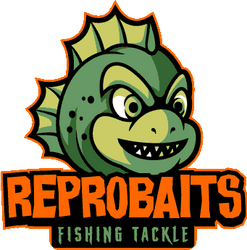
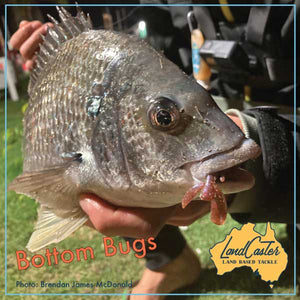
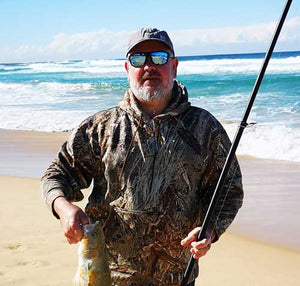
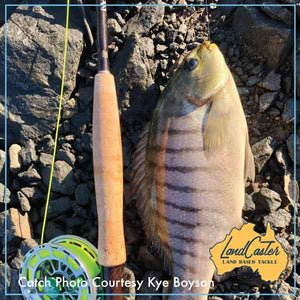
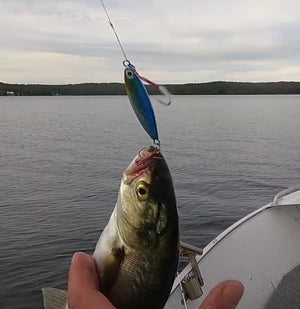
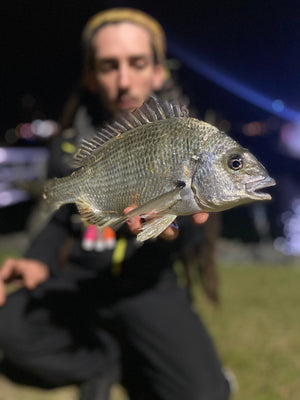
Leave a comment